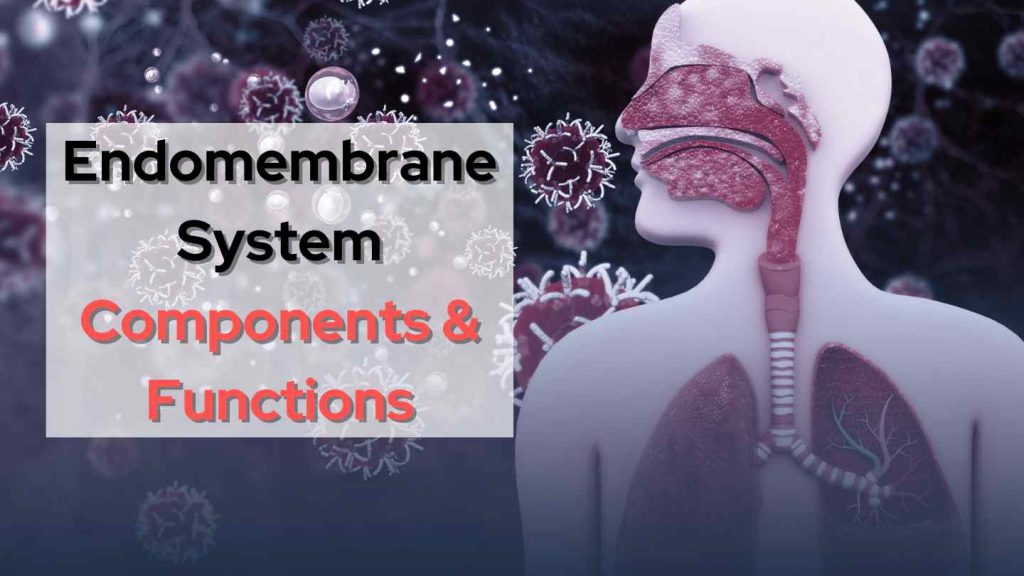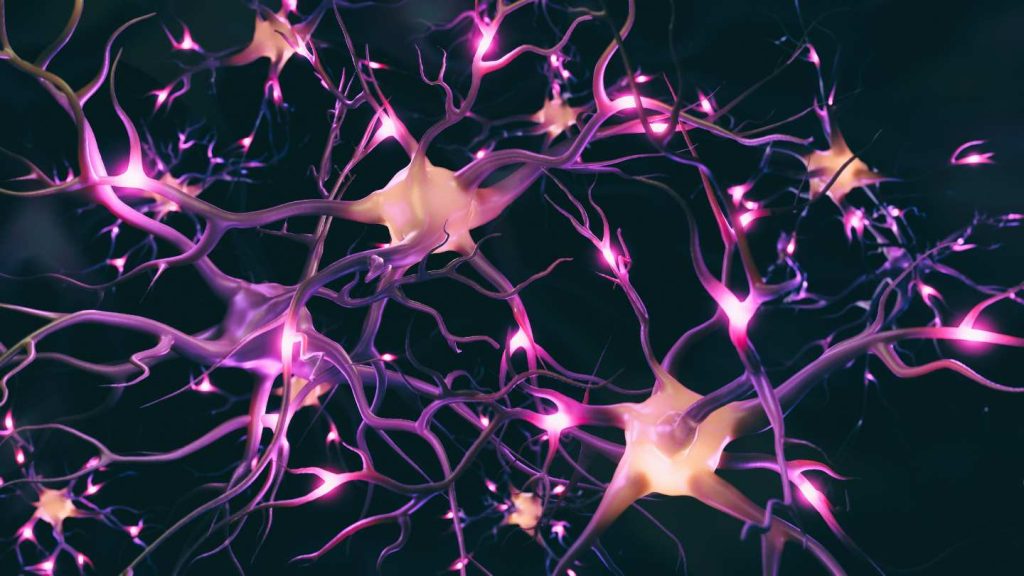- Oak Brook:(630) 705-9999
- Chicago:(312) 920-8822
- Email:inquiry@vervecollege.edu
- Make a Payment
- Home
- Programs
- Admission
- Resources
- ATI Entrance Exam Resources
- New E-Digital Library
- Refer a Friend
- School Newsletter
- Events
- Employers
- Job-Network
- Alpha Beta Kappa Candidates
- Verve College Library
- Graduation and Pinning Ceremony Photo Galleries
- Textbook Information
- Career Services
- Tutoring
- School Catalog
- FAQ
- Constitution Day Program
- Alumni
- Verve College Plans
- Financial Aid
- HEERF Reporting
- Satisfactory Academic Progress
- Apply For Financial Aid
- Net Price Calculator
- Return of Title IV Funds (R2T4)
- Financial Aid Office Code of Conduct
- Contact
- FAQs
- Verification Policy
- Vaccination Policy
- Student Right-to-Know Act
- Misrepresentation
- Information Security Program
- Academic Award Year
- Availability of Employee
- Cost of Attendance
- Health & Safety Exemption Requirement
- Students Rights and Responsibilities
- Leave of Absence
- Pell Formula
- Military Students
- Grants/ Scholarship Policy
- Contact Us
- Testimonials
- Blog
Is a Nursing Career Right For You?
Take The Free Quiz
Endomembrane System: Components & Functions
Endomembrane System: Components & Functions
Have you ever considered how biomolecules are created inside cells, the fundamental unit of life, and then secreted out to be utilized by the organ systems in human bodies? Biomolecules are essential in everyday activities – proteins, carbs, nucleic acids, and lipids all play essential roles in growth, reproduction, and digestion. Without them, we would not exist as human bodies! To learn more you can look for an anatomy and physiology course near me.
Biomolecules must be produced and regulated to support life. Your cells produce various biomolecules depending on what’s needed; this is accomplished via various organelles working as one unit collectively as an endomembrane system.
What is an Endomembrane System?
Before we can understand what constitutes the endomembrane system and how the endomembrane system functions, we need to become acquainted with organelles (little organs). Organelles are structures within cells that serve specific purposes – for instance, a nucleus acts as an organelle and controls activity within it.
Organelles must meet strict definitions to qualify as organelles: these structures consist of an enclosed sac where biological membranes separate its contents from external influences; an example would be ribosomes in cells that do not fall under this definition.
Other references consider ribosome organelles, specifically non-membrane-bound types. Membrane-bound ribosomes do not form part of the endomembrane system. They must, therefore, not form an organelle that forms it. You might then ask which organelles comprise an endomembrane system within cells.
Eukaryotic cells can be distinguished from prokaryotic ones by having both nuclei and organelles attached by membrane-bound structures; such organelles allow researchers to differentiate these two categories of cells.
Membrane-bound organelles do not exist in prokaryotic cells. Prokaryotes do not possess nuclei; also lacking is any intramembranous to separate the contents of cells, as is seen with bacteria cells.
Related:- A&P Class: The Impact of Exercise and Nutrition on the Human Body
Eukaryotic cells, including human cells, possess endomembranes that differentiate them from prokaryotic ones and cannot function without these membranes. Even though organelles contain biomolecular contents which are isolated by biological membranes, certain molecules can pass between organelles by using endomembranes that connect eukaryotic cell organelles for transporting the biomolecular content. To get an in-depth understanding, you should search for the best anatomy classes near me.
Components in an Endomembrane System
An endomembrane system comprises several essential parts that play vital roles.
Endoplasmic Reticulum
The endoplasmic reticulum, or “ER”, is a network composed of tubular structures found throughout the cytoplasm. It divides this space into two compartments – luminal (inside ER) and extraluminal, within its confines, are rough ERs with their associated ribosomes as well as Smooth ERs that synthesize lipids; both serve different functions and serve distinct roles within our cell bodies.
Golgi Body
Derived its name from Camillo Golgi, who first identified them, the Golgi body is a membranous sac or cisternae with diameters ranging between 0.5-1 um stacked like pancakes parallel with one another and surrounding the nucleus, interconnecting cisternae featuring maturing-forming faces are arranged concentrically around its core for further packaging purposes of secretions of endomembrane-related proteins.
The Lysosome
Also referred to as a suicide bag of cells, these membrane-bound vesicles contain hydrolytic enzymes capable of digesting carbohydrates, lipids, proteins, and even nucleic acids.
Vacuoles
The vacuole occupies up to 90% of a plant cell’s volume. Water, sap, excretory materials, and non-useful waste products all reside here. An outer membrane known as a tonoplast of vacuoles facilitates transporting ions across concentration gradients into vacuoles for storage purposes. In contrast, amoeba contractile vacuoles help excrete materials and transport food via food vacuoles for food vacuole transport purposes.
The Function of the Endomembrane System
What is the endomembrane system function? If you wish to learn more about the primary functions you should definitely look for one of the best private LPN schools near me, to gain the correct knowledge. Essentially they serve a dual role – creation, and distribution – of newly made biomolecules.
- Their primary task involves creation and distribution; their nuclear envelope contains holes that enable the passage of messenger RNA (mRNA is responsible for creating protein), while the endoplasmic reticulum with attached ribosomes is responsible for producing proteins; At the same time, an area within its walls is an ideal site for synthesizing lipids and carbohydrates.
- The Golgi organ is where cells store packaging materials they need for transport inside or outside their cells, such as newly synthesized molecules for internal transport or expulsion by other cells. Lysosomes serve as digestive enzymes to aid intracellular digestion. At the same time, the Golgi apparatus releases digestive enzymes ER produces for release by this organ.
Want to Make a Career in Nursing? Get More Information About Our Courses!
- Endosomes are essential in the endocytic transport pathway, which transfers molecules from membrane-bound organelles into the lysosome for processing and removal from circulation.
- Cell membranes serve to shield their interior from external influences; communicate and signal with other cells within their environment; receive material from outside and move it out (exocytosis); as well as take up or expel material outside through exocytosis (take in, store and expel out).
 Sign up
Sign up Login
Login





